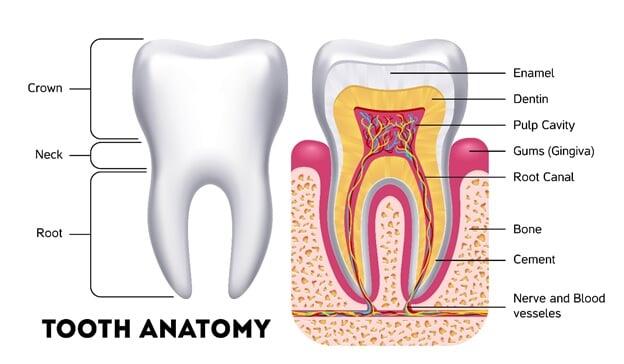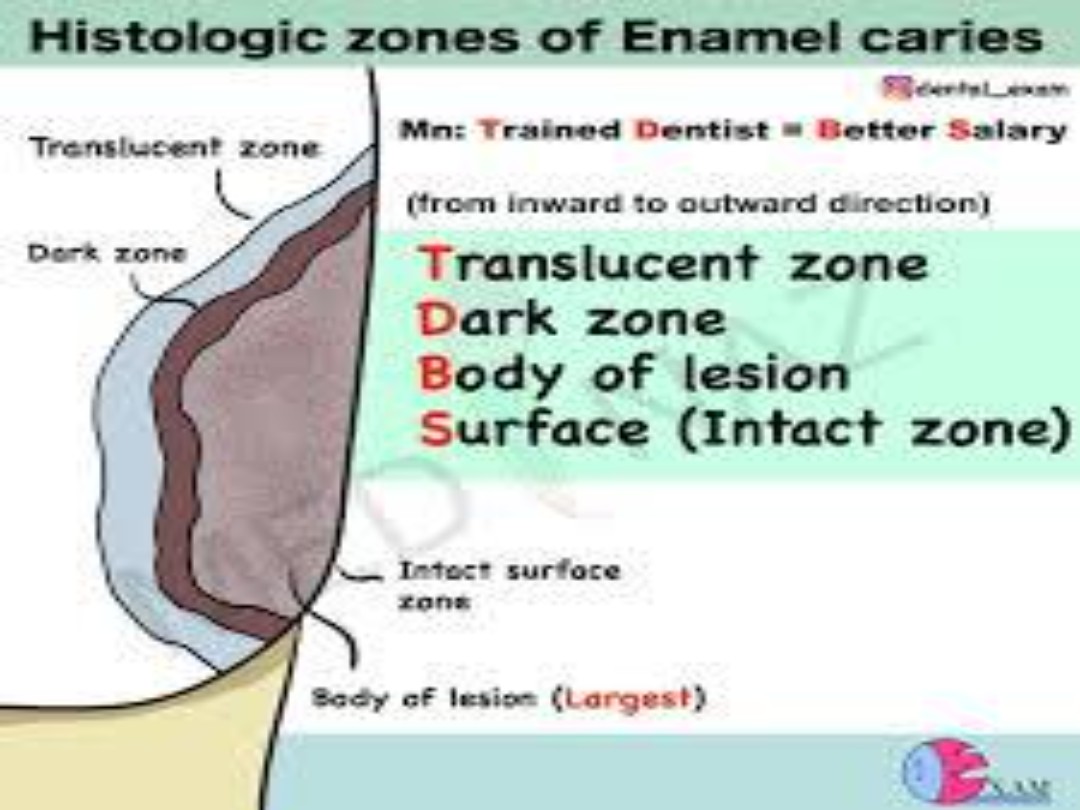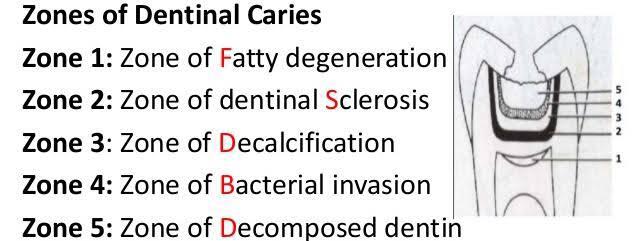Dental caries, more commonly known as cavities, are a pervasive oral health issue that affects people of all ages. Understanding the nuances of this condition is crucial for maintaining good oral health. In this blog, we will explore the intricacies of dental caries, focusing on the zones of enamel and dentin, to help you make informed decisions about your oral care.
The Anatomy of a Tooth
The Anatomy of a Tooth
Before delving into dental caries, it's essential to understand the basic structure of a tooth. A tooth comprises several layers, with the two outermost layers being enamel and dentin.
Enamel :
Enamel is the outermost and hardest layer of a tooth. It acts as a protective shield, safeguarding the more sensitive inner layers of the tooth from damage.
Dentin :
Dentin lies beneath the enamel and is not as hard. It makes up the bulk of the tooth and houses the tooth's nerve, which can lead to sensitivity when exposed.
The Process of Dental Caries
The Process of Dental Caries
Dental caries occur when the enamel and dentin of a tooth are damaged due to a bacterial infection. The process generally involves four zones, each with distinct characteristics:
Zone 1: Demineralization
Zone 1: Demineralization
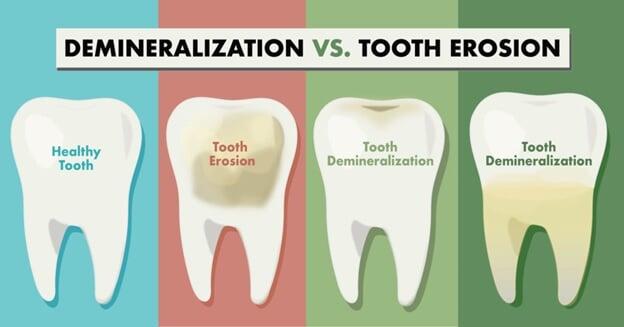
The initial stage of dental caries is demineralization. It begins with the accumulation of dental plaque, a sticky biofilm of bacteria, on the tooth's surface. The bacteria in the plaque feed on sugars from your diet and produce acids that erode the enamel. This process weakens the enamel and can lead to the formation of small, white spots on the tooth's surface, indicating early decay.
Prevention:
Proper oral hygiene practices, including regular brushing, flossing, and reduced sugar consumption, can help prevent demineralization.
Zone 2: Enamel Decay
Zone 2: Enamel Decay
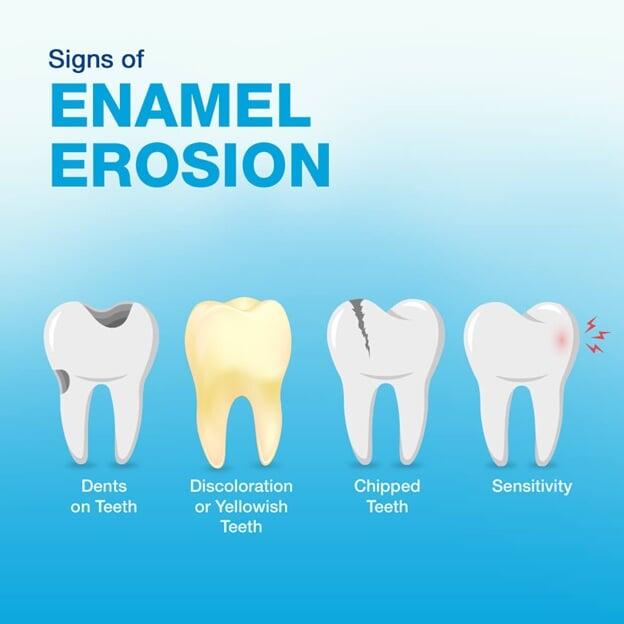
If demineralization is left untreated, it progresses to the second zone, enamel decay. At this stage, the enamel's mineral structure breaks down further, leading to the formation of cavities or holes on the tooth's surface. These cavities can be shallow or deep, depending on the extent of the decay.
Treatment :
Enamel decay can often be addressed with dental fillings to restore the tooth's structure.
Zone 3: Dentin Decay
Zone 3: Dentin Decay
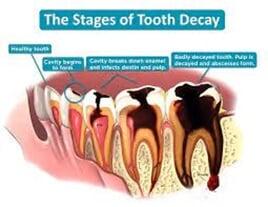
When enamel decay is not addressed promptly, the caries progress into the dentin, the third zone. Dentin is more porous and softer than enamel, making it easier for bacteria to penetrate and spread infection. As the bacteria reach the dentin, patients often experience increased tooth sensitivity to hot, cold, sweet, or acidic foods and drinks.
Treatment :
Dentin decay may require more extensive treatments, such as larger fillings or inlays/onlays.
Zone 4: Pulp Involvement
Zone 4: Pulp Involvement
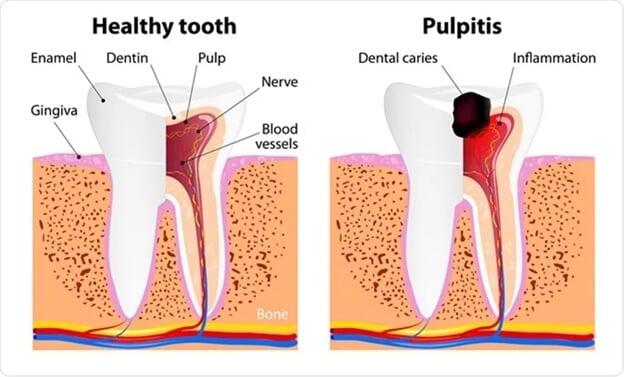
The final and most severe stage of dental caries is pulp involvement. In this zone, the infection reaches the tooth's pulp, where the nerve and blood vessels are located. This can lead to excruciating pain, abscess formation, and the risk of systemic infection if left untreated.
Treatment :
Treatment at this stage may involve root canal therapy or, in severe cases, tooth extraction.
Prevention and Early Detection
Prevention and Early Detection
Conclusion
Understanding the zones of enamel and dentin in dental caries is crucial for taking control of your oral health. By recognizing the stages of decay and the importance of early intervention, you can prevent minor issues from turning into major dental problems. Don't forget that prevention and early detection are your allies in the battle against dental caries. Malligai Dental Academy is here to provide expert guidance and care on your journey to a cavity-free smile.


